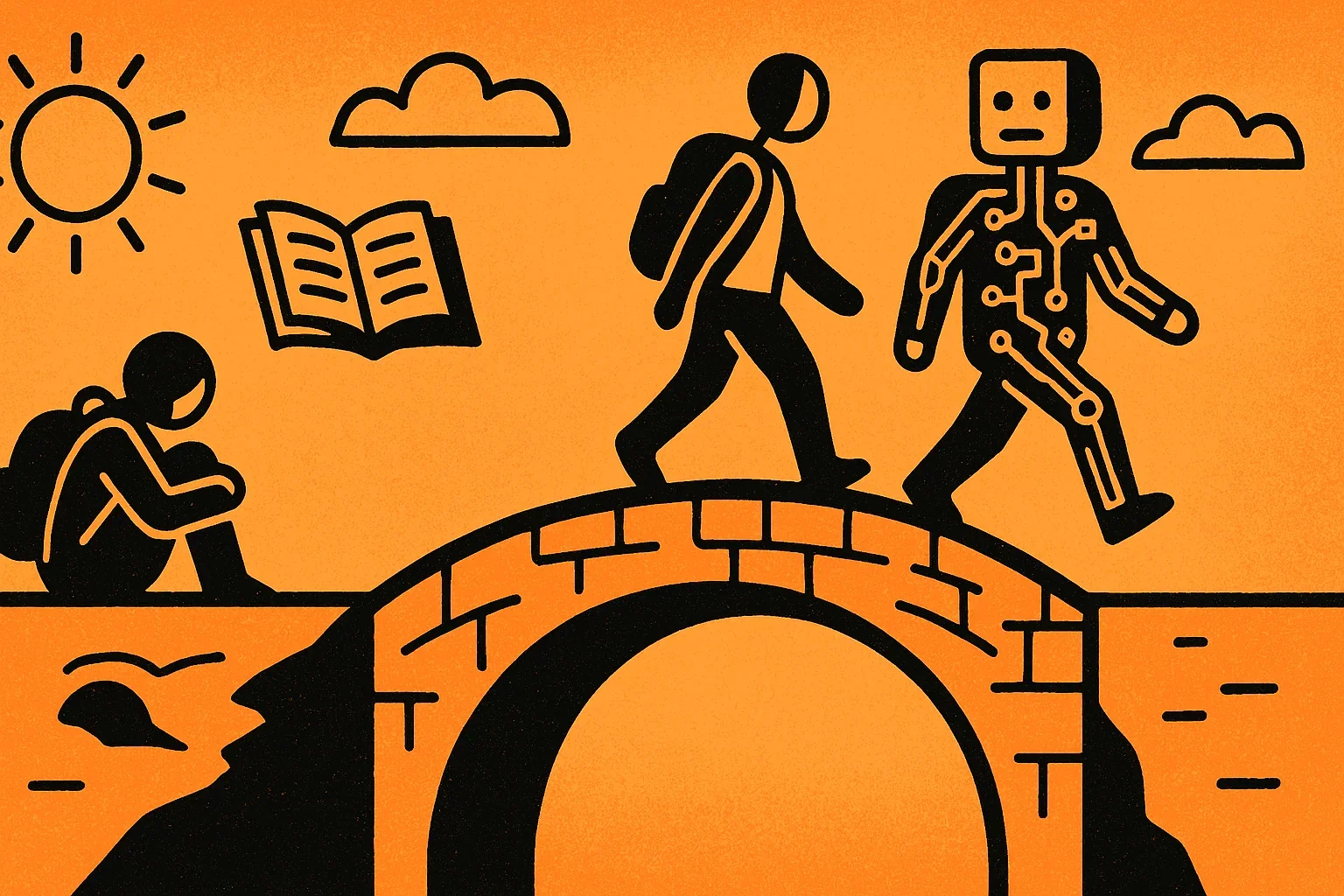Today, education is undergoing an unprecedented transformation due to artificial intelligence (AI), which is no longer just a peripheral tool, but an element that is reshaping the way we understand learning itself.The numbers alone reveal the scale of the change: In recent experiments, students who used a "smart tutor" learned twice as fast as traditional learning, while more than 83% of students said the explanations they received from AI were clearer and easier to understand.
In contrast, global data reveals that a third of the world's population - about 2.6 billion people - do not have a reliable internet connection, which means that millions of students may not cross this new bridge of knowledge, and are left on the other side of the transformation. Large percentages of teachers (up to 64%) confirm that AI has improved their ability to adapt educational materials, but almost the same percentage express concern that some schools rely on these tools without adequate controls or training.
Education data suggests that the use of AI can save teachers up to six hours per week from routine tasks and give students opportunities to understand lessons in a more personalized and in-depth way. However, this same progress may accelerate the gap between those who have the devices and digital skills and those who are at the boundaries of technology without access to it.
The question of the moment is: Will AI become a bridge for students to cross to a clearer and deeper education... or will it become a new barrier that widens the gaps?
To view the video and read the full analysis paper, please scroll down.
Education in the age of AI: Who crosses the bridge ... and who is left behind?
Between those who cross the bridge and those who are left behind... AI stands to reshape the future of knowledge.

Comments